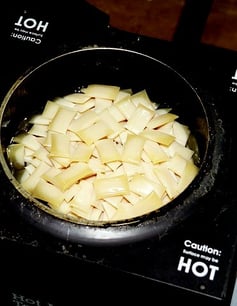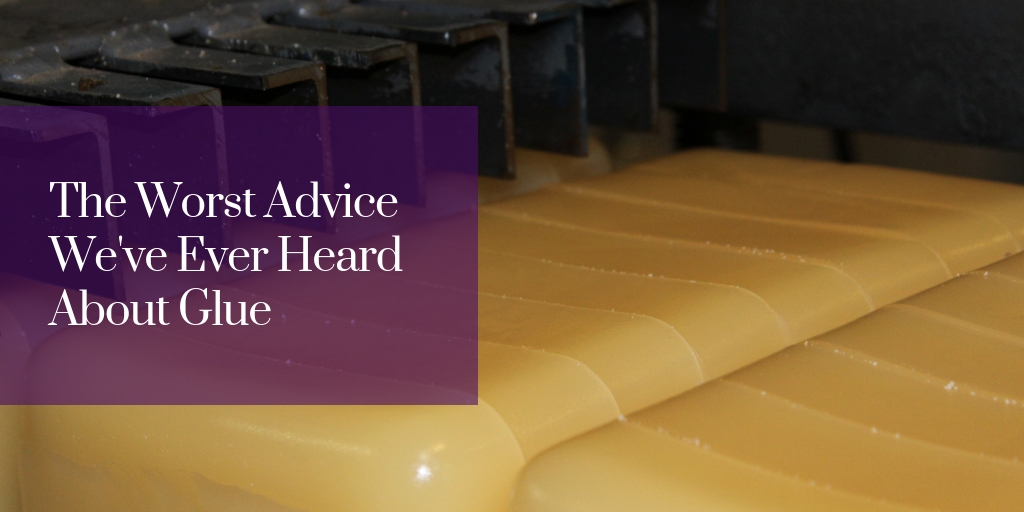It's important to remember that in life, not all advice is good advice. The same applies to glue advice. But don't worry, you don't have to figure out whether the glue advice you're getting is good or bad. We've done it for you.
Here is some of the worst advice we've ever heard about glue.
Bad Advice #1: you only need one glue for all of your applications
When it comes to glue, one size does not fit all. There are a number of factors that play a part in determining the best glue formula for your application, including: substrates, equipment, equipment speeds, special requirements etc.
Every application is different and, for that reason, one glue won't "cut it" for all of them.
Bad Advice #2: switch your glue to avoid warping
If you have experienced issues with warping, chances are someone has advised you that the problem is with the glue. Believe it or not, the glue often times is not the culprit.
Warping is a result of moisture which causes the substrate to be bent, curled or distorted in some way. Leading causes of warping are:
- Lack of humidity control in the facility
- Applying too much glue - therefore adding too much moisture to the substrate (use a mil depth gauge to make sure the amount of glue you're applying is correct)
- The grain alignment of the board fibers is not in the right direction.
 Bad Advice #3: Keep Turning The Heat Up Until The Glue Works
Bad Advice #3: Keep Turning The Heat Up Until The Glue Works
Every glue comes with a technical data sheet which includes a recommended operational temperature. This is the optimal temperature for the glue to run properly. If the glue is heated beyond this temperature, not only will it burn but the glue will begin to degrade. Also, if the glue is too hot it may be open too long and won't make the bond when it is designed too (causing pop-opens).
If your glue is not working properly at the recommended temperature, there may be another issue (or you may need a different glue formula).
Bad Advice #4: If The Glue Isn't Working, Put More On
Adding more glue to your substrates will cause more harm them good. This could cause issues like warping or messy squeeze out. Not to mention, you will run through your glue much quicker than expected.
Want a second opinion on some of the advice you've gotten about your glue application? Speak with our glue experts.







